THE PENGUIN POETS THE PENGUIN BOOK OF SPANISH VERSE J. M. Cohen, born in London in 1903, Cambridge graduate, is author of a dozen Penguin translations, including versions of Cervantes, Rousseau, Rabelais and Montaigne. For some years he assisted E. V. Rieu in editing the Penguin Classics.
He collected the three books of Comic and Curious Verse, and anthologies of Latin American and Cuban writing. He has frequently visited Spain and made several visits to Mexico, Cuba and other Spanish American countries. Now semi-retired and with impaired vision, he keeps up with contemporary poetry, Spanish and English, and occasionally contributes to PN Review. With his son Mark he has edited the Penguin Dictionary of Quotations and the two editions of its companion Dictionary of Modern Quotations. 
THE PENGUIN BOOK OF
SPANISH VERSE

INTRODUCED AND EDITED BY
J. M.
COHEN  WITH PLAIN PROSE TRANSLATIONS OF
WITH PLAIN PROSE TRANSLATIONS OF
EACH POEM PENGUIN BOOKS PENGUIN BOOKS Published by the Penguin Group 27 Wrights Lane, London W8 5TZ, England Viking Penguin Inc., 40 West 23rd Street, New York, New York 10010, USA Penguin Books Australia Ltd, Ringwood, Victoria, Australia Penguin Books Canada Ltd, 2801 John Street, Markham, Ontario, Canada L3R 1B4 Penguin Books (NZ) Ltd, 182190 Wairau Road, Auckland 10, New Zealand Penguin Books Ltd, Registered Offices: Harmondsworth, Middlesex, England First published 1956 Second edition 1960 Third edition 1988 Copyright J. M. Cohen, 1956, 1960, 1988 All rights reserved Except in the United States of America, this book is sold subject to the condition that it shall not, by way of trade or otherwise, be lent, re-sold, hired out, or otherwise circulated without the publishers prior consent in any form of binding or cover other than that in which it is published and without a similar condition including this condition being imposed on the subsequent purchaser ISBN: 978-0-14-196128-6 TO MY GRANDDAUGHTER
EMMA,
THIS THIRD EDITION
ACKNOWLEDGEMENTS

O VER the translations of these additional poems I have had great help from Ann Frost, who checked my first versions and discussed with me most carefully emendations and improvements, and, once more, Mavora Forward transformed my tangled text into a clean typescript. This third edition owes much to them both.
INTRODUCTION

NO body of lyrical poetry is so seriously underestimated by British readers as the Spanish. For the majority, Spain is the country of a single prose masterpiece,
Don Quixote, and of a dramatic literature much praised at home, which has, however, never been successfully translated, let alone presented on the British stage; Lope de Vega, Tirso de Molina, Pedro Caldern de la Barca, are no more than names to those who have not read them in the original.
So, indeed, are the Spanish lyrical poets, though with the added disadvantage that here Spain has not the reputation of France or Italy. Nevertheless, during her two grand periods she was certainly the equal, and possibly the superior, of either in this field. These two great flowerings of Spanish poetry, to which this anthology is devoted, lasted, the first for upwards of two centuries, from the beginning of the fifteenth to half-way through the seventeenth, and the second for some fifty years, from the 1880s to the defeat of the Spanish Republic in the Civil War. The beginnings of Spanish poetry are only gradually emerging from obscurity with the discovery of refrains, written in Arabic or Hebrew characters and tacked on to Arabic or Hebrew poems from the Moorish emirates. From these small evidences some scholars have endeavoured to prove that there was a continuous tradition of poetry, sung as an accompaniment to dancing, extending from late Roman times when Spanish dancing girls were famous right through to such pieces as the Marqus de Santillanas villancico for his three daughters, a fifteenth-century poem which finds a place in this book. Certainly there is a continuous tendency towards elaboration, and a characteristic choice of imagery in the Spanish poets of Andalusia throughout the ages, which unites them with their Arabic-writing, if not with their Latin-speaking ancestors; there are forms also the villancico with its refrain is one that are common to the whole Western Mediterranean, Moslem and Christian alike.
The reader of much Spanish poetry will constantly be reminded that the Straits of Gibraltar are narrow, and will find it easy too, even when he comes to the twentieth century, to distinguish between the firm European outline of the Northerners images and the shimmering extravagances of the Southerner. Africa and Europe fight for the Spanish poets loyalty; the contrast, even in recent days, between the Biscayan dourness of Unamuno and the kaleidoscopic changes of mood and colour of Juan Ramn Jimnez the Andalusian, between the metaphysical strictness of the Madrileo Pedro Salinas and the complex grandeur of Vicente Aleixandre, the Sevillian, is one of the features that make modern Spanish poetry so colourful and so various. It is the poetry of at least two conflicting Spains; for the old cleavage between the lush Moorish emirates and the barren Christian kingdoms is, in literature at least, still a living reality. The kingdoms of the north produced their earliest poetry under the influences of France and of the little Atlantic kingdom of Galicia, in the north-west, whose language was, and still remains, closer to Portuguese than to Spanish. The Poema del Cid, from which this book contains a few dramatic sections, is an epic of the twelfth century, telling of a hero of the border wars, who was only recently dead when the poem was written. It is in the convention of the Chanson de Roland, though it has a certain Spanish realism about it that its French models lack.
Spains first poet to leave us his name, Gonzalo de Berceo, the author of some pleasing tales of the saints, is also patently writing in the French manner, though with a peasant plainness that is all his own. The lyrical poets of the fourteenth century, on the other hand, model themselves closely on the style, and sometimes on the actual language of the Galicians, whose songs were a last offshoot of the Troubadour tradition, carried along the pilgrim road to Galicias shrine, the tomb of St James at Compostella, after the destruction of Provenal civilization in the Albigensian wars. Whereas the first lyrics of Spains great period were Galician in inspiration, the romances, or ballads, of the early fifteenth century were rooted in the tradition of the northern epics, whose metres and assonances they follow. Many of them recount incidents from epics which have not survived; some tell of the Cid and his exploits; others of the Seven Princes of Lara; and the first two in this book belong to the cycle of Roderick the Goth, the eighth-century king through whose sin so the legend ran the Moors were first brought into Spain. Many of the romances, however, dealt with more recent incidents, either from the border wars with the kingdom of Granada, or out of contemporary novels, which told of Charlemagne, of Arthur, Tristram, and Lancelot, and which, as we know from Don Quixote, had entirely captured the public imagination in the fifteenth century. These



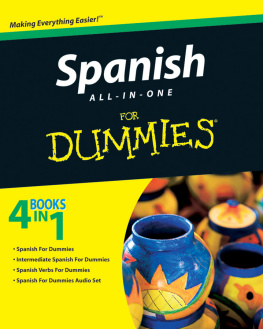

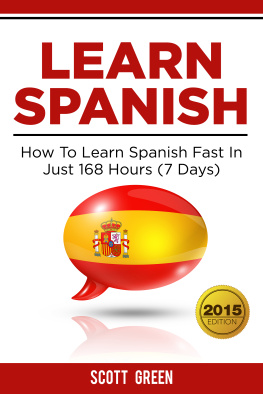
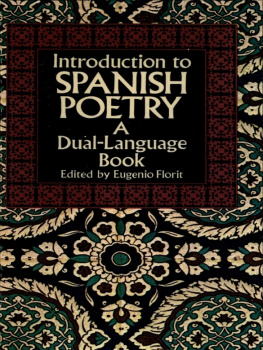

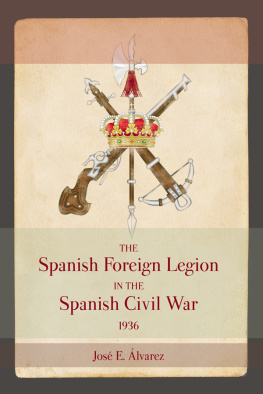
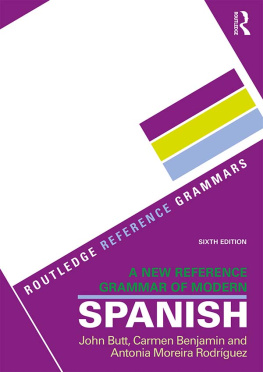

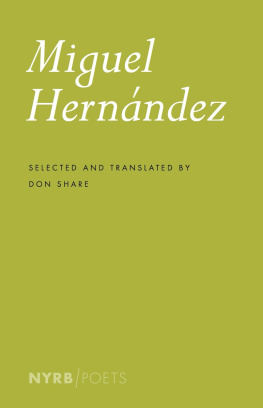

 INTRODUCED AND EDITED BY
INTRODUCED AND EDITED BY